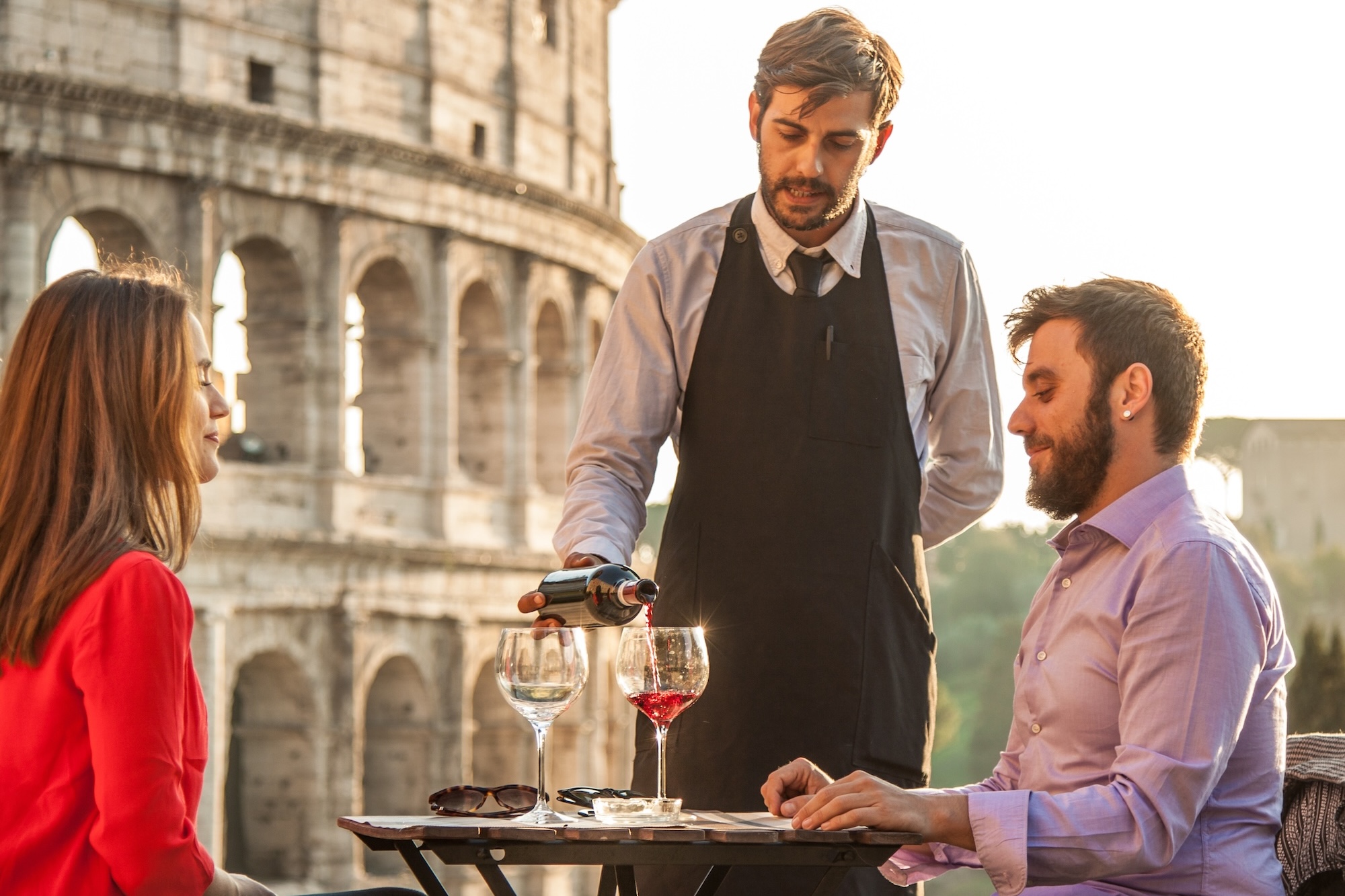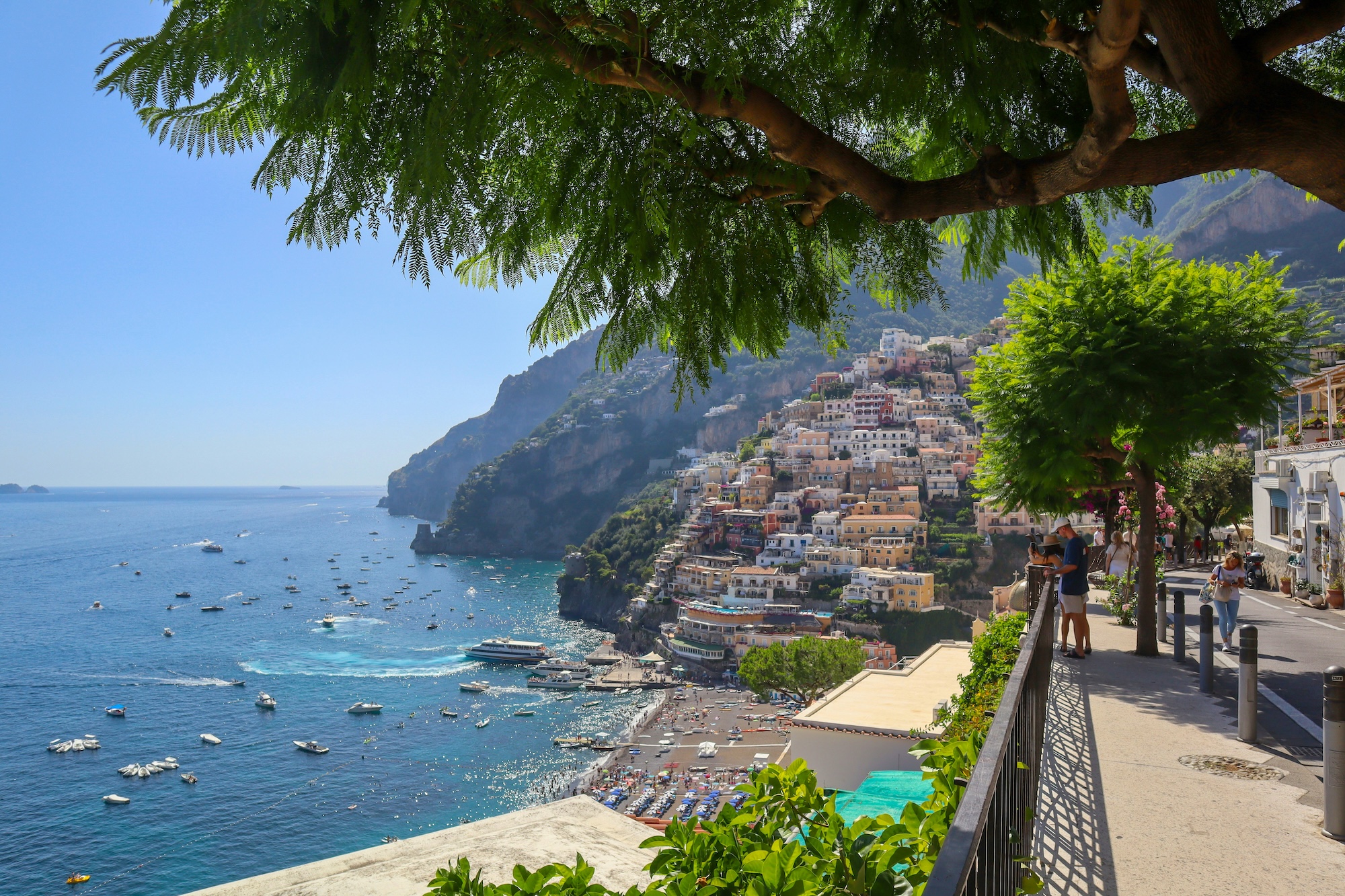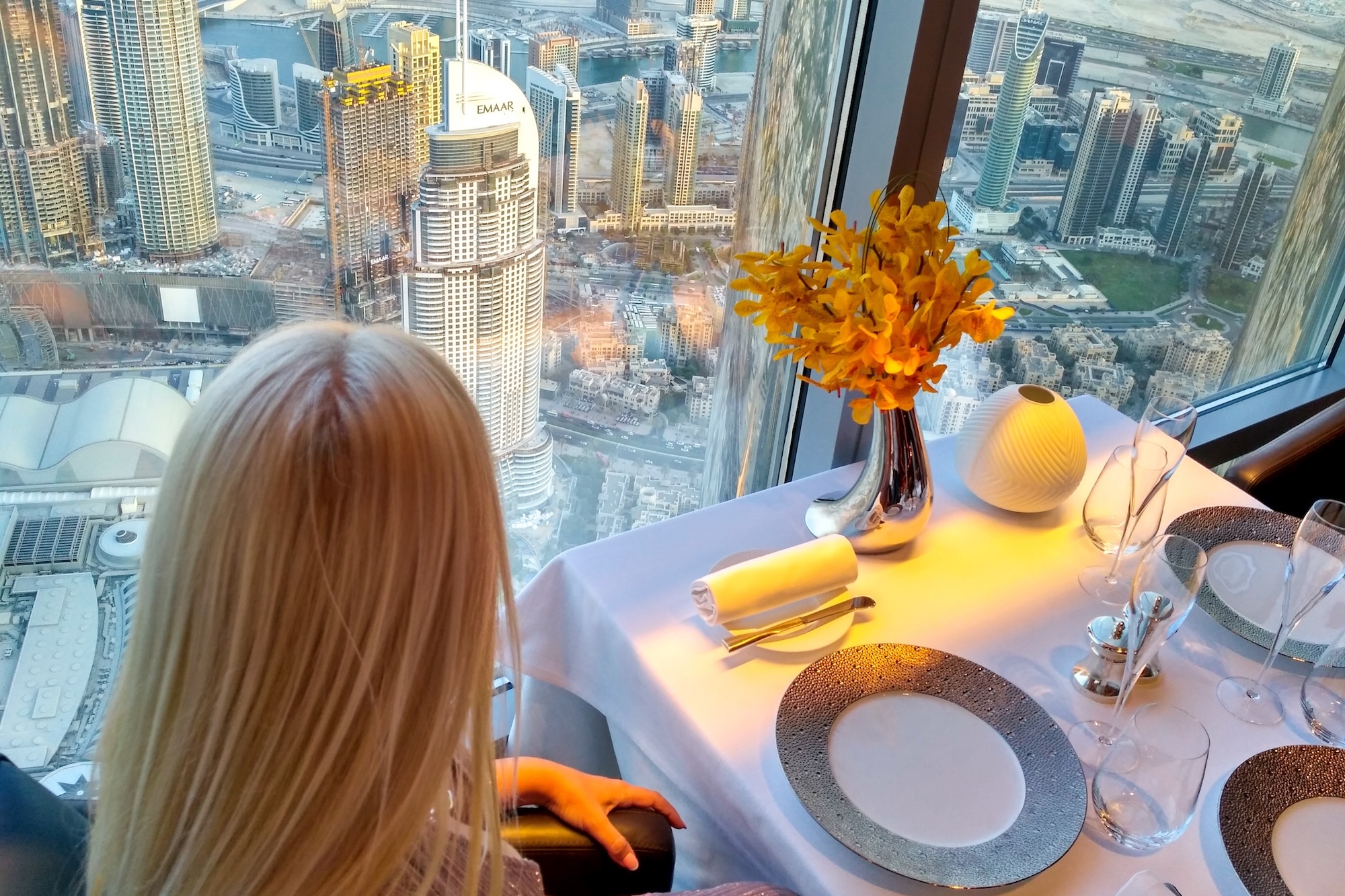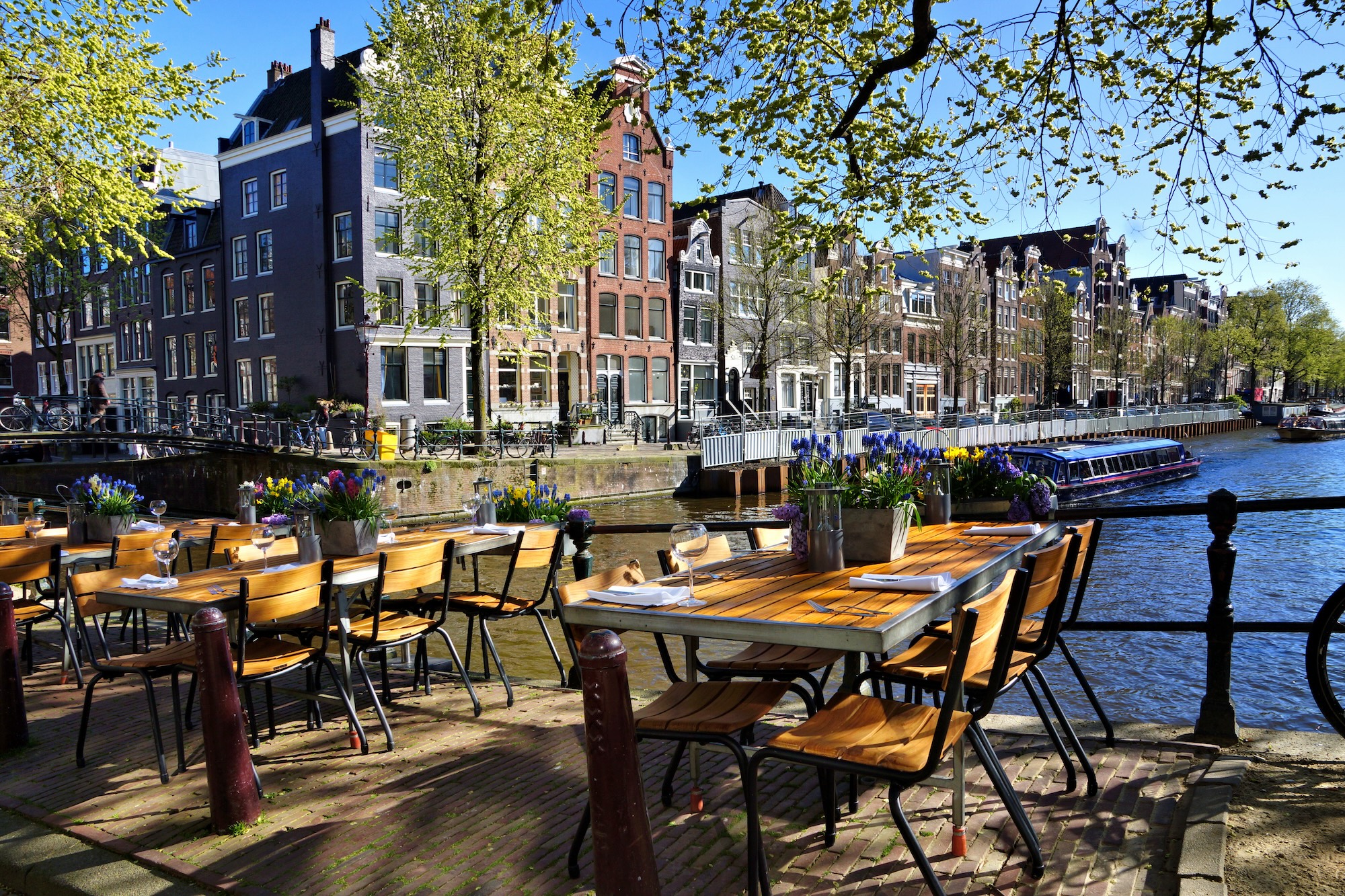10 Tips for Dining in Rome: A Guide to Enjoying the Eternal City’s Culinary Delights
Rome’s food scene is as rich and diverse as its history, offering everything from street food to Michelin-starred fine dining. Dining in the Eternal City isn’t just about the food—it’s an experience that connects you to the culture and lifestyle of the locals. Whether you’re grabbing a quick slice of pizza or indulging in a multi-course meal, here are some essential tips to make the most of your dining experience in Rome.
1. Embrace Roman Cuisine
Roman cuisine is known for its simplicity, seasonal ingredients, and bold flavors. Some dishes you must try include:
- Cacio e Pepe: A simple yet delicious pasta dish made with Pecorino Romano cheese and black pepper.
- Carbonara: Made with eggs, Pecorino cheese, guanciale (cured pork cheek), and black pepper, this dish is a Roman classic.
- Amatriciana: A tomato-based pasta dish with guanciale, Pecorino Romano, and a hint of chili.
- Saltimbocca alla Romana: Veal topped with prosciutto and sage, then cooked in white wine.
- Supplì: Fried rice balls filled with mozzarella, a popular street snack.
For dessert, don’t miss a creamy tiramisu or a refreshing gelato—the flavors and textures are unmatched!
2. Look for Trattorias, Not Tourist Traps
While it’s tempting to dine near major landmarks like the Colosseum or the Spanish Steps, be wary of restaurants with menus designed for tourists. These places often offer overpriced, generic dishes. Instead, seek out local trattorias, small family-run restaurants that serve authentic Roman food at reasonable prices. Ask locals for recommendations or follow your nose to bustling spots with a loyal local clientele.
3. Understand Italian Dining Times
The dining schedule in Rome may be different from what you’re used to, so keep the following in mind:
- Lunch is typically served from 12:30 PM to 2:30 PM. After that, many restaurants will close for a siesta.
- Dinner generally starts later, around 7:30 PM to 8:30 PM. In some areas, restaurants might not even open for dinner until 8:00 PM.
To avoid disappointment, plan your meals accordingly. If you’re hungry during off-hours, you’ll still find cafés and snack bars open for a light bite.
4. The Art of Coffee
Coffee culture in Italy is serious business, and drinking coffee in Rome is more than just a caffeine fix—it’s a ritual. Here are some tips to enjoy coffee like a local:
- Caffè (Espresso): Italians usually drink their coffee standing at the bar rather than sitting down. Don’t expect to be given a to-go cup; coffee is served in small cups, meant to be enjoyed in the moment.
- Cappuccino: You can have a cappuccino, but only in the morning! Italians never drink cappuccinos after 11 AM, as it’s considered too heavy for digestion later in the day.
- Caffè corretto: A shot of espresso “corrected” with a small amount of liquor, usually grappa or sambuca.
If you do want to sit down, expect to pay a premium for table service, especially in touristy areas.
5. Respect the “Coperto”
In Rome, it’s common to see a “coperto” charge on your bill. This is a small fee (usually between 1 to 3 euros per person) that covers the cost of bread, service, and the use of the table. It’s not a tip, and it’s entirely legal. While some restaurants may include this charge, others may offer bread and water for free. If you want more bread or extra condiments, be prepared for a small charge.
6. Tipping: Keep It Modest
Tipping in Rome is not as customary as it is in some other countries. Service charges are often included in the bill, and tipping is generally optional. However, if you’ve received excellent service, leaving a tip of around 5-10% is appreciated. For smaller services like a coffee or pastry, rounding up to the nearest euro is perfectly fine.
7. Don’t Expect Huge Portions
Italian meals are all about quality over quantity. While you may not see giant portions, each dish is thoughtfully prepared to be satisfying. Start with a antipasto (starter), followed by a primo (first course, usually pasta or soup), then a secondo (main course, usually meat or fish), and finish with a dolce (dessert). If you’re still hungry, order a caffè to end your meal.
8. Water: Tap Is Fine
In many restaurants, you’ll be offered the choice of bottled or tap water. Don’t feel pressured to always go for bottled water—Roman tap water is clean, safe, and refreshing. In fact, you’ll find numerous nasoni (public drinking fountains) around the city, offering cool, free water. Just bring a refillable bottle with you!
9. Expect to Pay After Eating
In Italy, paying the bill is typically done at the cashier rather than at the table. When you’re finished with your meal, ask for the il conto (the check) and pay directly at the register. You can leave a tip at the counter or leave a few euros on the table if you were served at your seat.
10. Wine Is a Must
Italy is famous for its wine, and Rome is no exception. When ordering wine, you’ll usually be presented with a wine list featuring both local and regional options. Roman wine, particularly from nearby Lazio, is well worth trying. If you’re not sure what to choose, ask your waiter for a recommendation based on your meal. Don’t be afraid to enjoy a glass of wine with lunch—it’s a common and cherished part of Roman dining culture.
Conclusion
Dining in Rome is an unforgettable part of your travel experience, offering a window into the city’s rich culture, traditions, and history. By embracing local food, understanding dining customs, and keeping these tips in mind, you’ll savor every moment of your culinary journey in this timeless city. Buon appetito!












